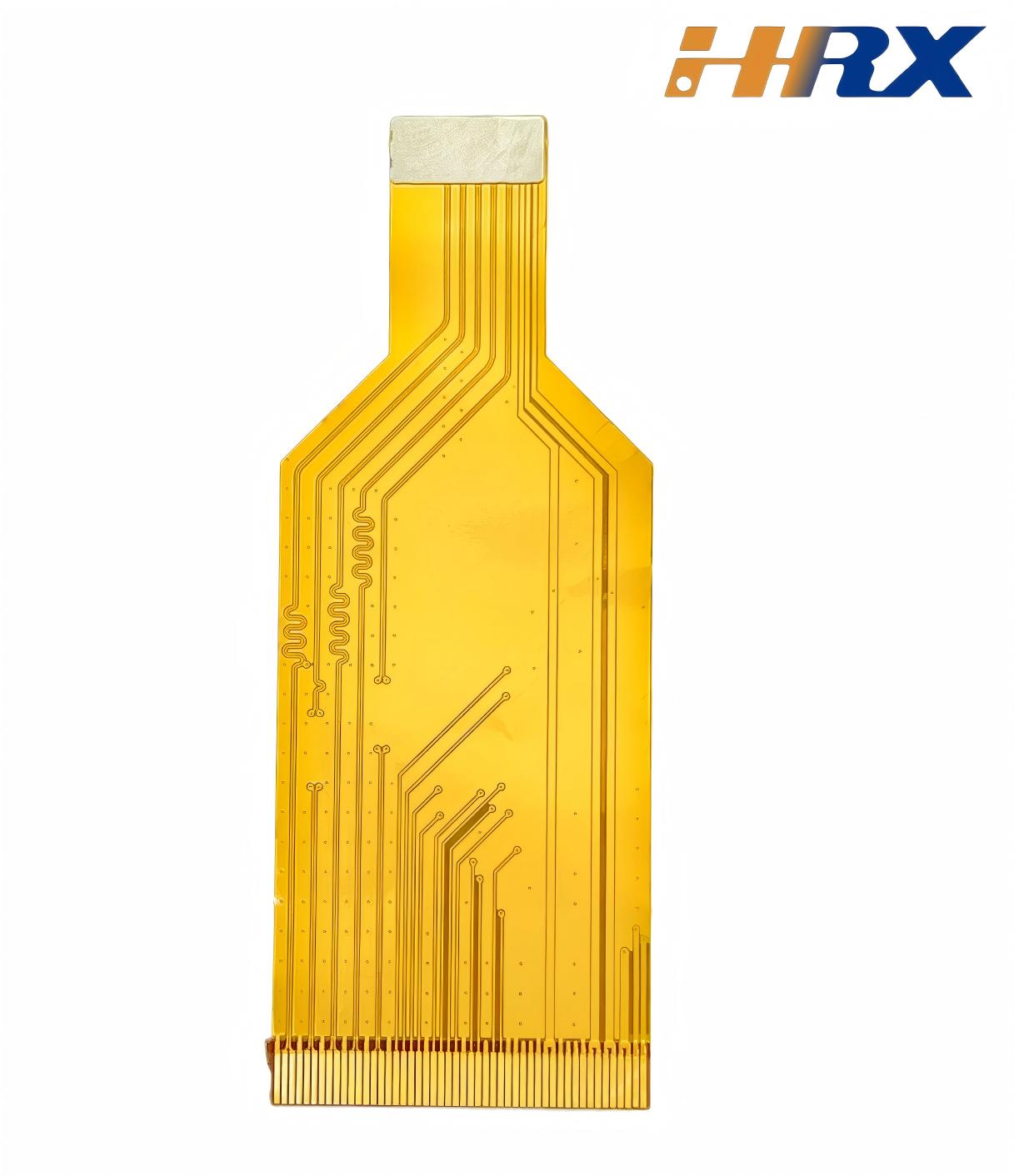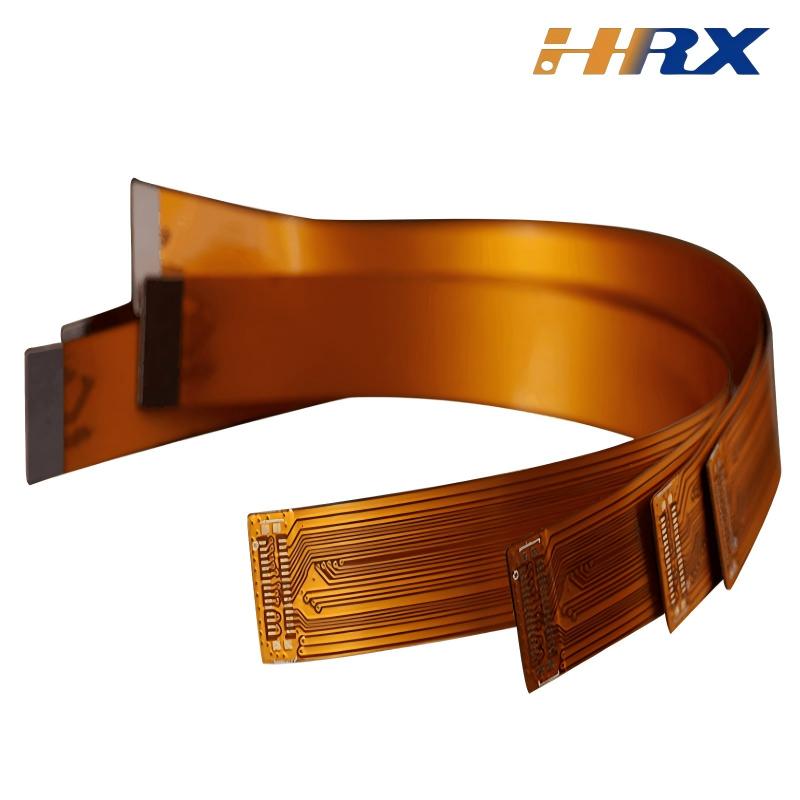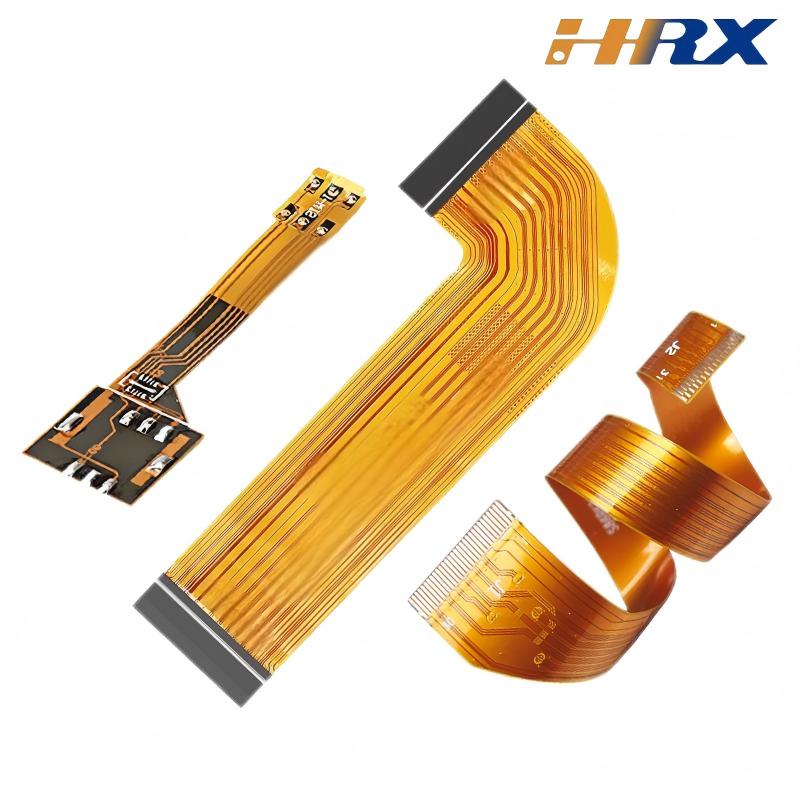Search
Crucial Considerations in FPC Circuit Design: Insights from Shenzhen Huaruixin Electronics Co., Ltd.
- Jun 10,2025
-
Share
In the rapidly evolving landscape of modern electronics, Flexible Printed Circuits (FPCs) have emerged as a cornerstone technology, especially valued for their exceptional flexibility, compact form factor, and high-reliability performance. As a leading global ODM/OEM manufacturer specializing in FPC, PCB, and Rigid-Flex Printed Boards, Shenzhen Huaruixin Electronics Co., Ltd. brings unparalleled expertise to the intricate realm of FPC circuit design and production.

1. Trace Routing and Layout Optimization
Trace routing is a fundamental aspect of FPC circuit design. Given the constrained real estate on FPCs, achieving an optimized layout is imperative for maintaining signal integrity and mitigating electromagnetic interference (EMI). Designers must meticulously plan the trajectory of traces, leveraging techniques such as differential pair routing to minimize crosstalk between high-speed signals. For instance, when dealing with high-speed differential pairs, maintaining parallel routing with strict length matching (within a tolerance of ±5 mils) is crucial for preserving signal synchronization. At Shenzhen Huaruixin Electronics Co., Ltd., our seasoned design engineers utilize advanced Electronic Design Automation (EDA) tools like Allegro and OrCAD, implementing industry best practices to optimize trace routing. This ensures that our FPC layouts adhere to IPC-2223 standards, maximizing both performance and manufacturability.
2. Precise Impedance Control
Impedance control is a linchpin in high-speed FPC design. Deviations from the desired characteristic impedance can result in signal reflections, attenuation, and ultimately, data transmission failures. To achieve optimal impedance matching, meticulous control over parameters such as trace width, spacing, and dielectric constant of the substrate material is required. For example, in 50Ω impedance-controlled traces, the trace width might need to be adjusted based on the dielectric thickness and relative permittivity of the Polyimide (PI) substrate. Our state-of-the-art manufacturing facility is equipped with advanced impedance measurement equipment, enabling us to maintain tight impedance tolerances (±5%) in compliance with IPC-6012 Class 3 standards. This precision ensures seamless signal transmission in FPCs designed for applications ranging from USB 3.2 interfaces to 5G millimeter-wave communication modules.
3. Flexibility Engineering and Bend Radius Specification
The inherent flexibility of FPCs is both a strength and a design challenge. Determining the appropriate bend radius is critical to prevent mechanical failure of traces and vias during flexing operations. A bend radius that is too small can induce stress concentrations, leading to trace cracking and open circuits over time. Designers must factor in the expected dynamic flexing cycles, mechanical stress profiles, and environmental conditions. For example, in applications requiring continuous flexing, a minimum bend radius of 5 times the FPC thickness is often recommended. Our company boasts extensive experience in producing FPCs for diverse applications, from wearable devices with complex form factors to automotive infotainment systems. We conduct rigorous mechanical fatigue testing, including cyclic bending tests (up to 100,000 cycles), to ensure that our FPCs meet the most stringent reliability requirements.
4. Layer Stack-up and Material Selection Strategy
The selection of materials and layer stack-up configuration is a pivotal decision that influences the performance, reliability, and cost of FPCs. Different dielectric materials, such as Polyimide (PI), Liquid Crystal Polymer (LCP), and Polytetrafluoroethylene (PTFE), exhibit distinct electrical and mechanical properties. For high-frequency applications (above 10 GHz), LCP and PTFE are preferred due to their low dielectric loss tangent (tanδ < 0.005). Additionally, the number of layers, layer sequencing, and the choice of copper foil thickness (e.g., 18μm vs. 35μm) must be optimized based on the circuit complexity and available space. At Shenzhen Huaruixin Electronics Co., Ltd., we offer a comprehensive portfolio of materials and can customize layer stack-ups to meet specific project requirements. Our expertise in materials science allows us to balance performance, cost, and environmental compliance (e.g., RoHS and REACH standards).
5. Thermal Management Solutions
In applications with high-power dissipation, effective thermal management is essential to prevent thermal runaway, which can degrade FPC performance and reduce its lifespan. Designers can implement various thermal management techniques, such as incorporating thermal vias (with a minimum aspect ratio of 3:1), using thermally conductive adhesives, or applying metal heat spreaders. Our manufacturing capabilities enable the integration of advanced thermal management features, including vapor chamber integration and graphite thermal films. Through thermal simulation and characterization, we ensure that our FPCs can operate stably within the specified temperature range (-40°C to +125°C for automotive-grade applications).
As a professional enterprise with a dedicated design and development team and a large-scale manufacturing base, Shenzhen Huaruixin Electronics Co., Ltd. has a proven track record in delivering high-quality FPC solutions that meet the most exacting industry standards. Our end-to-end services cover the entire product lifecycle, from initial concept design and prototyping to mass production and global supply chain management.
If you are seeking reliable FPC, PCB, or Rigid-Flex Printed Board solutions for your projects, we invite you to connect with us. Our team of experts is ready to provide customized solutions tailored to your specific technical and commercial requirements. Visit our website at www.hrxfpc.com to explore our product portfolio, technical resources, and industry insights. For inquiries, feel free to contact us via email at sales@hrxfpc.com. We look forward to the opportunity to collaborate with you, whether it’s for technical consultations, project partnerships, or industry knowledge exchanges. Let’s work together to drive innovation in the world of printed circuit technologies.

Let’s talk! We’ll provide the perfect solution for you!
-
 Huaruixin Electronics mainly produces printed circuit boards as the core business, to provide customers with one-stop solutions for FPC/PCB production, components sourcing and Assembly.
Huaruixin Electronics mainly produces printed circuit boards as the core business, to provide customers with one-stop solutions for FPC/PCB production, components sourcing and Assembly. - WHAT WE DO — PCB Design Solutions — Flex PCB Production — Components Sourcing — FPC&PCB Assembly
- PRODUCTS — Single Sided Flexible Circuits — Double Sided Flexible Circuits — Multilayer Flexible Cirucits — Rigid-Flex Circuits — FPC Assembly — PCB Assembly
- CAPABILITY — FPC Capability — Rigid-Flex Capability — PCB Capability — Assembly Capability
- Copyright © 2024 Shenzhen Huaruixin Electronics Co., Ltd. All Rights Reserved.
- Design By BONTOP


